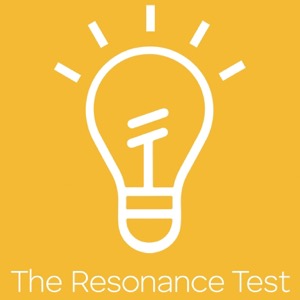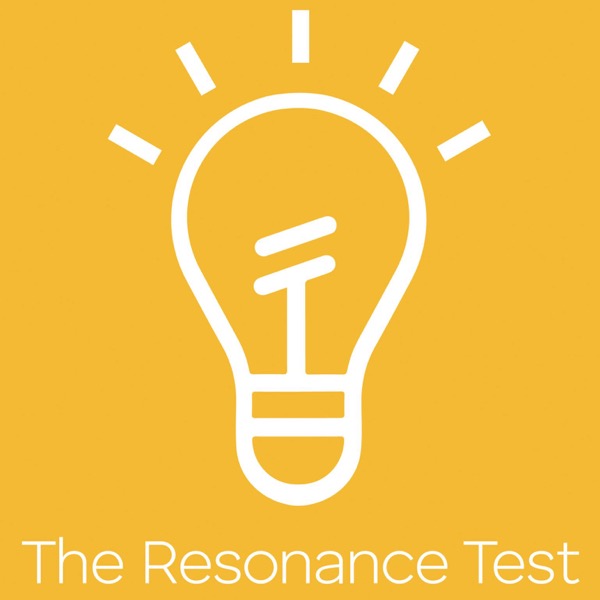The Resonance Test 95: Technology, Trust & the Customer Experience with Eric Sobie & Chris Tapley
The EPAM Continuum Podcast Network - A podcast by EPAM Continuum

Categories:
“If you want to know the future, look at the past.” While no one in their right mind would claim Einstein was giving any thought whatsoever to the future of the financial services industry, history would have once again proven him right if he had. Once upon a time, one’s choice of bank was based on how well that particular institution had won over your trust. That meant building relationships with the customers and the community at large. While it’s hard to envision any other reality, it’s only been a couple of decades where convenience and the digital experience became such dominating factors. But as banks increasingly leverage emerging technology to race toward automation and digital optimization, the notion of trust and relationship building has all but faded into the rearview. Or has it? “Yes, you need to have an amazing digital experience. It needs to be convenient, easy and it needs to flow… But you also need to be able to get ahold of a banker just as quickly. You need that opportunity to have someone jump into that digital experience as you’re a part of it–if you have a challenge, or a question or an alternative need. For our industry, that’s what everyone is trying to solve.” This is the mantra of Eric Sobie, SVP, Head of Consumer Sales and Strategy at Heartland Financial USA, Inc. It’s his belief that in order for the financial services industry to move forward, it needs to find a way to bridge the gap between the personalized experiences of the past with the efficiency and digital innovation of today. And as Chris Tapley, VP of Financial Services Consulting at EPAM, points out, it’s a notion with strong precedent behind it. “It’s interesting because what bank customers told us is that they have very disparate use cases for in-person versus digital interactions with their banks. They want to move money digitally; they want to check balances digitally; but when they need advice, or when they need a problem solved, they… want some kind of in-person interaction. Being able to converge that digital and human experience will be critical.” As the two discuss, it's this convergence where the emergent technologies of AI and generative AI will play an important role. While they might make it possible to further automate, optimize and streamline customer interactions – for example, recommending a specific product for a customer based on the available data – is this what consumers really want? As Sobie makes note, the alternative is to leverage these technologies to gain a more thorough understanding of the customer, and to upskill bankers to better build relationships with their customers based on this insight. “I think banks, rightfully so, are a little nervous about AI, because we are a business built upon trust; we want nothing to invalidate that trust. Let’s not use AI to create an opportunity to drive [a product] recommendation. But can we get predictive analytics? Can we understand where the customer is on their road map… and can we get a whole view of who that customer is from the data?” That’s how banks can bridge the gap between today’s digital environment and the personalized experiences of the past. Now, it’s time to dive into the full *Resonance Test* conversation. Enjoy your stay. Host: Alison Kotin Engineer: Kyp Pilalas Producer: Scott MacAllister Executive Producer: Ken Gordon
